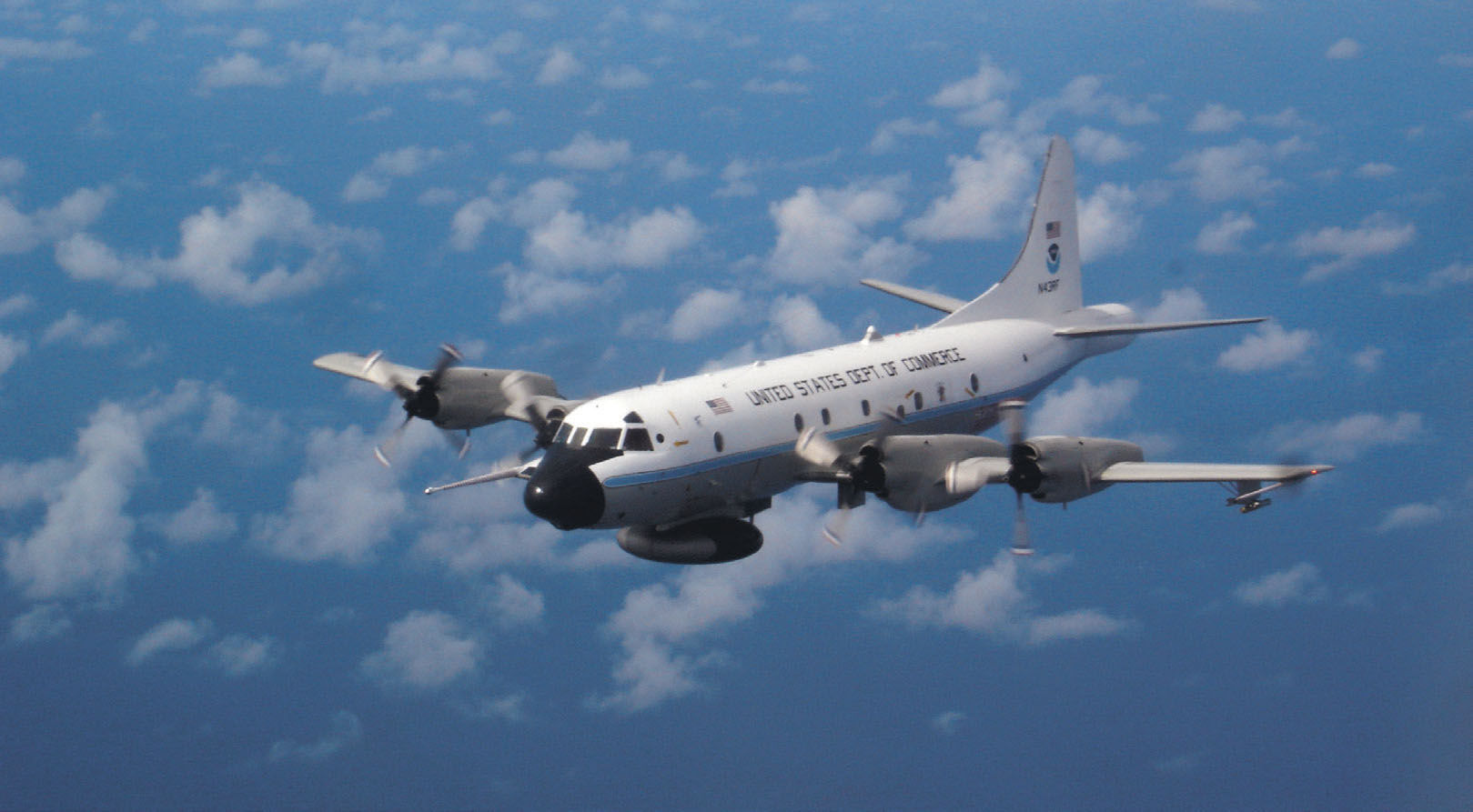WHAT HE SAID…
June 11, 2015BREAKING: Boustany’s trade protection act makes House cut
June 12, 2015Two of the nation’s frontline hurricane protection resources are getting thorough overhauls that officials say will keep them fit and running for at least another two decades.
Miss Piggy and Kermit – the National Oceanographic and Aeronautics Administration’s Lockheed hurricane hunter aircraft – are being outfitted with new Rolls Royce engines, updated technology and other improvements.
The planes, each nearly 40 years old, fly into hurricanes to gather information, at speeds of around 300 mph.
“The aircraft are both being serviced this year,” said National Hurricane Center spokesman Dennis Feltgen. “I know they are close to getting finished.”
Named after two Sesame Street characters, Miss Piggy and Kermit, the planes are attached to MacDill Airforce Base in Tampa.
The $42 million project is paid for through Congressional appropriations made after Superstorm Sandy.
NOAA spokesman David Hall said the upgrades, which began last autumn, are expected to be complete in 2017.
“The Lockheed WP-3D Orions are among the world’s most specialized, versatile, and unique environmental observation aircraft. Built for NOAA in 1975 and 1976 the planes have flown into more than 180 hurricanes and logged more than 21,000 flight hours, combined,” a statement from Hall says.
While best known for their “hurricane hunter” roles, the four-engine WP-3D turboprops support a wide variety of national and international meteorological, oceanographic, and environmental research and monitoring programs.
Projects range from air chemistry, climate, and ocean heat content studies to satellite data validation. To ensure that NOAA’s WP-3Ds can continue to fulfill their vital environmental intelligence gathering missions well into the future, NOAA has initiated a comprehensive $42 million “nose-to-tail” project that includes:
• Rolls-Royce T-56 Series 3.5 enhancement packages will be installed in 10 engines, four for each aircraft, plus two spares. The outcome is anticipated to be lower maintenance costs and fuel savings of nearly ten percent. Fuel savings means more time in the air for tropical cyclone research and forecasts.
• Refurbished wings with newer, more corrosion resistant materials are being built by L-3 Systems in Waco, Texas, through an existing Navy P-3 Sustainment contract. These refurbished wings will be installed on each aircraft by the U.S. Navy’s Fleet Readiness Center Southeast in Jacksonville, Florida.
• Both aircraft will receive upgrades to their tail Doppler, lower fuselage and nose radars, as well as navigation, and other electronic systems. These upgrades began in the late fall of 2014 and will be completed in 2017.
During the staggered upgrades at least one of the WP-3Ds will be available for hurricane response. NOAA’s Gulfstream IVSP jet aircraft will also be available.
In addition to Miss Piggy and Kermit, NOAA can also obtain hurricane information from the U.S. Air Force’s 53rd Weather Reconnaissance Squadron, which has a fleet of 10 WC-130J aircraft at Keesler Air Force Base in Mississippi.
NOAA hurricane hunter aircraft currently undergoing restoration — like the one pictured above — were nicknamed “Miss Piggy” and “Kermit.” Each has its own distinctive nose decoration related to the Sesame Street characters.







